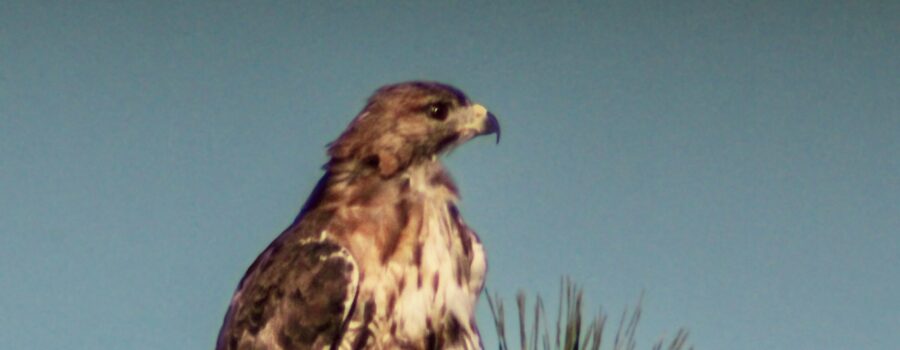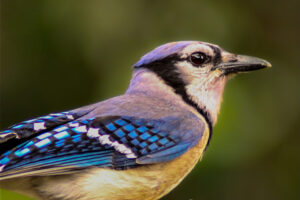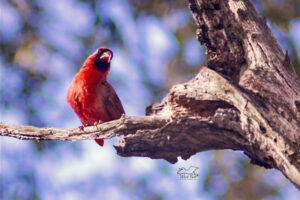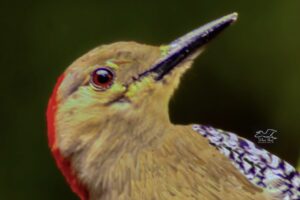Colorful Red Tailed Hawks are Very Adaptive and Can Live Almost Anywhere

The most common raptor in North America also happens to be a bird that I am extremely fond of. That bird is the red tailed hawk (Buteo jamaicensis) sometimes also simply known as the red tail or in some circles as a “chicken hawk” despite the fact that it rarely preys on adult chickens. They are also one of the largest birds of the Buteo genus in North America and can have a highly varied diet (various studies have found over 500 different species in the stomach contents of red tailed hawks). Their most common type of prey are rodents such as voles, grey squirrels, red squirrels, rats, and mice. They will also sometimes eat smaller birds, especially nestlings. Juvenile red tails often will also eat reptiles, amphibians, and invertebrates. All red tails will also help themselves to fresh carrion and road kills.

Besides being willing to eat almost any meat source, red tailed hawks are quite common because they can live in almost any habitat or elevation. Their range extends from northern Canada and Alaska, through the entire United States, Mexico and Central America, and into northern South America. They can be found anywhere from the wilds of Alaska and the Midwest to the beaches of California and Oregon to swamps of Florida and the jungles of Central and South America. They can even be found in urban and suburban regions in large cities.

Red tails generally prefer to live areas where there are large open areas that are surrounded by trees. They most commonly hunt by perching high up in a tree and scouring the surroundings with their extremely sharp vision. When prey is spotted they dive down to capture it. But even in the absence of trees, these birds find alternative perches such as cliffs, power poles and lines or even tall buildings. If no perches are available, they will also hunt from soaring flight.

Thanks to the incredible adaptability of this beautiful raptor, it has even been able to take over habitats that other birds of prey can no longer survive in thanks to man’s interference. They are one of the few bird species whose population has grown since the 1960s rather than decreased. This is probably due to their ability to live almost anywhere including around people and the fact that they are well protected by The Migratory Bird Treaty Act in Canada, the United States, and Mexico.





Recent Comments